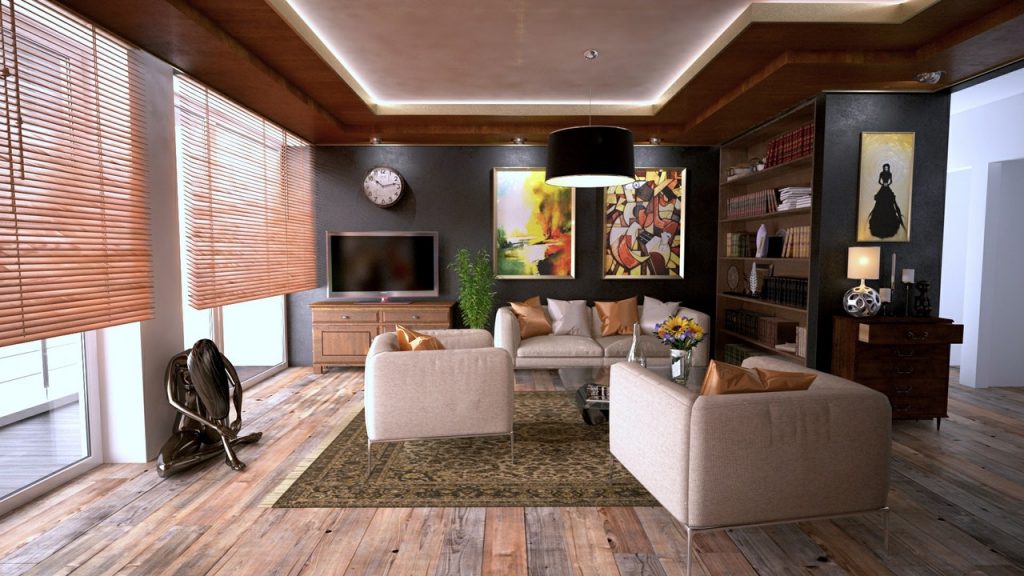Professional Painters


Wallpapering
Paper and fabric
After many years in the decorative wilderness, wallpapers seem to be enjoying something of a revival. The enormous selection of designs available, and the ability of paper to disguise everything from cracked walls to clumsy proportions, makes them a great resource for the decorator.
Whether you want to recreate the look of a Palladian villa, a Victorian boudoir or a 1950s diner, you will find that there are papers on the market to make your task easier. And once you have chosen your main paper, you can turn your attention to the many co-ordinating borders and friezes that will create a more finished job. They can be used in combination with wallpaper, by themselves to pep up painted walls, or to create architectural interest where it is lacking. Indeed, such combinations seem to tap into the mood of the moment, for they tend to allow the feeling of an easy layering of pattern and texture to predominate.
Basic principles
There are several basic principles to follow to get maximum mileage from the wallpaper you choose.
Wallpaper is a great ally when you want to play optical tricks with a space. Use it to expand or contract the space in which you are working, or to draw the eye away from ugly but immovable features. Turning to the detail of the matter, dark colours and heavy patterns will generally make a room seem smaller, while pale, loosely patterned ones – and large trellised papers too – will make the room seem larger, and vertical stripes on the walls tend to make low ceilings appear higher.
In general, rooms that are used a lot prefer plainer papers because heavy patterns can be wearing on the eye, and are therefore tiring to live with. They are also more difficult to mix with other furnishings, particularly if you do not have the well-experienced decorator’s touch.
One of the aspects governing the revival of interest in wallpaper is technology. Wallpapers are now easier to hang than ever before, not least because of the ready-pasted varieties, and can be used with ease on a far greater variety of surfaces than they used to be. So, while in the past wallpapering was seen as a daunting prospect for almost all but the most experienced of decorators, nowadays that dubious reputation is beginning to be dispelled as myth. And justifiably so, for with the correct equipment and a methodical approach, wallpapering is a relatively straightforward task to get right — on most of the walls in a home.
At its most basic, wallpapering with plain lining paper is a way of covering less-than-perfect walls in preparation for painting or papering with a decorative paper.
Lining paper can be purchased in several thicknesses, and it is definitely easier to work with the heavier ones because they are less likely to stretch or tear as you work.
Be cautious about using strong patterns as they are harder to measure up for and more difficult to hang; and avoid cheaper papers as they have a tendency to tear.
It is best buy all the wallpaper you need for a job in one go in order to avoid variations in colour, and always buy one more roll than you have calculated as being needed just in case your calculations are slightly inaccurate. And the best tip comes from the professionals: always, always clear up as you go along. Although getting rid of damp scraps of paper and wiping up paste smears as they occur may seem enormously time-consuming, it is this kind of attention to detail that can make all the difference between a shoddy job and one that looks enviably professional.
Professional Painters are the no1 go to specialist for Painting and Decorating in London.
We specialise in large houses, period properties and mansions.
We also cater for large buildings including multiple apartments and listed buildings
To find out more about us please call 0800 044 3604
We also undertake painting contracts for schools, colleges and universities.